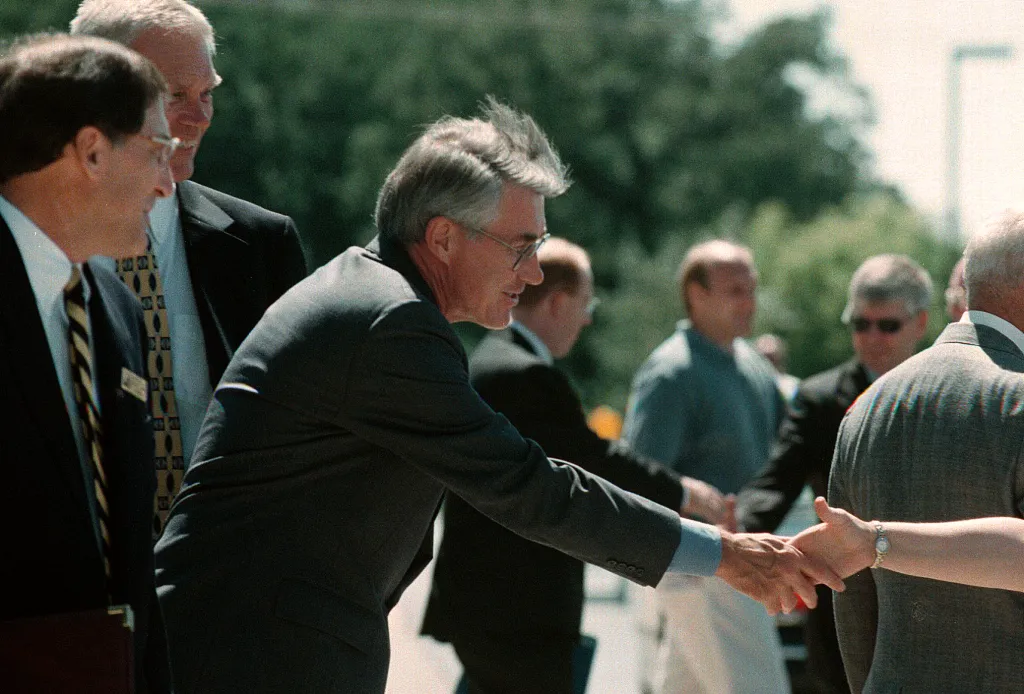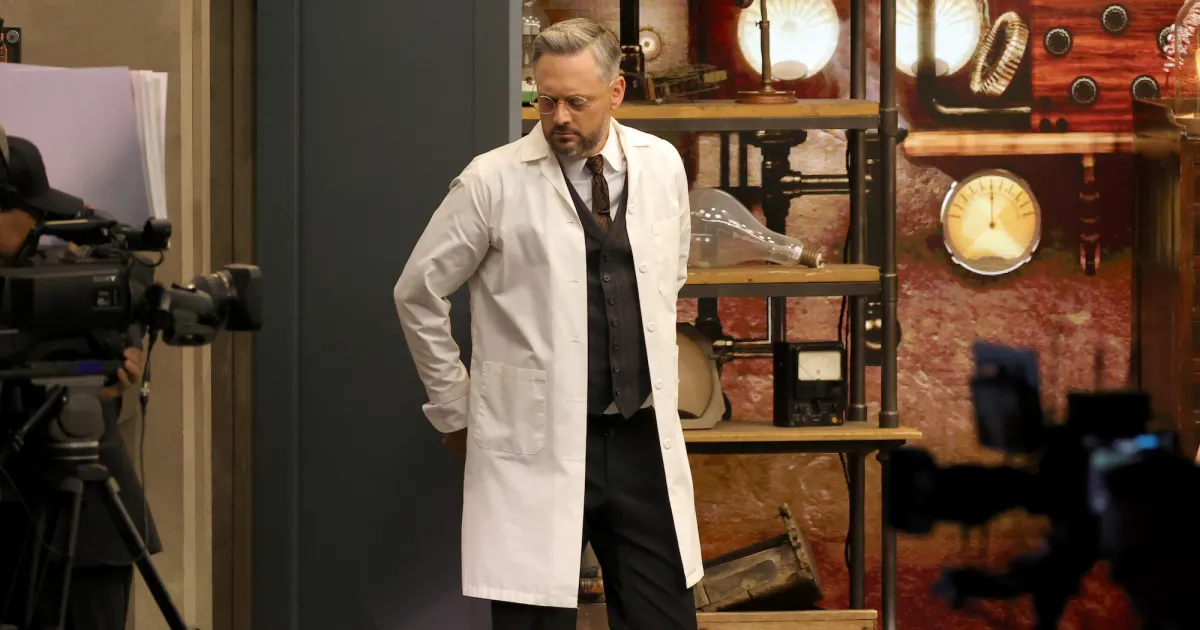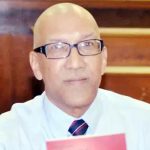
Jim Edgar set his cap for a career in state government, to him a high calling, in the 1960s when he was student body president at Eastern Illinois University in his hometown of Charleston. His greatest legacy is a continuing program he created to imbue smart, upwardly mobile young people from across Illinois with his devotion to doing good for his state.
Jim took a rather typical path to the governorship: a legislative staff internship, election to the Illinois House, appointment by Gov. Jim Thompson to be his legislative affairs director and then appointment to fill a vacancy as secretary of state, followed by the governorship for two terms (1991 to 1999). He retired from office while still very popular.
A teetotaler, Jim pushed successfully as secretary of state for drunken driving alcohol limits. He carried his abstemiousness into the governorship, where not a whiff of alcohol ever wafted through the grand rooms of the Executive Mansion. An invitation to the Governor’s Mansion was, shall we say, not the hottest ticket in town, and over eight years, it probably cost Jim a few social points, important in politics. But that was Jim Edgar.
In his run for governor in 1990, Jim supported what was in effect a tax increase. Several years prior, the legislature had passed a temporary income tax increase, which was to expire in 1991. Jim’s opponent loudly called for terminating the tax increase. Not Jim, who knew state government inside out and also knew the revenue would be needed for education, a priority of his, and to balance the budget. That could well have been the end of Jim’s political career, but he won, in a squeaker.
Even with the temporary tax made permanent, Jim inherited a state government that was in deep fiscal doo-doo. He became known around the Capitol as “Governor No.” Friends of mine would take their cases for more spending into the governor’s office and display impressive charts to make their pleas for more dollars for their programs. Jim would listen politely and the next day would get back to them: “Sorry, but no.”
When he meticulously went over budget lines during these tough times, his approach was not sophisticated but fundamental: If this program is cut or ended, will anyone die?
State government and its local governments are underappreciated, though they weren’t by Jim. The majority of the things that families care about most — education, college, health care, public safety, transportation, regulation, water, sanitation, people services and much more — are state and local responsibilities. If Illinois were a nation, its trillion-dollar economy would be among the largest in the world.
Jim didn’t think of himself as a “vision” kind of guy. He had his hands full managing 100,000 employees. When he did call for big change, such as shifting taxation away from the hated property tax to the income tax, he was rebuffed by his own party’s legislative leaders.
At the end of two, four-year terms, Jim was still popular with the public; political oddsmakers said a third term was his for the asking.
Instead, Jim retired. He loved history. Jim once joked with me that in retirement he and Brenda, his college sweetheart, wife and partner, would drive around the country and whenever they saw a roadside history marker, pull over and read it.
Jim took a post as senior fellow at the University of Illinois Institute of Government and Public Affairs. His job was not to teach from one classroom, but to respond to requests from professors across the university’s three campuses to come into their classrooms. Jim gave the students practical lessons: Here’s how government really works; here’s how I did it; here are the lessons I learned; here’s why state government is important. Students loved it.
More than a decade ago, Jim had his vision: We need to gather smart, ambitious young people from both parties and the state’s three distinct regions, Chicago, the suburbs and downstate, to prepare to lead the state into future. After all, we’re in this together.
Jim established the Edgar Fellows program. Each summer, 40 youngish, destined-for-success men and women gather for a week away from the hurly-burly, on the campus of the U. of I. in Champaign. They interact with biggies in public service, like former governors, Cabinet secretaries and public executives. Even more important, the fellows learn that downstaters aren’t rubes, nor are Chicagoans violent, if you know what I mean. They bond during social hours and, we hope, talk about how they can together make the state stronger and better for all.
These fellows — more than 500 now — have the potential to transform our state, possibly into something akin to its glory days of the mid-20th century.
It’s an absolutely terrific program, and legacy.
During the past year, Jim and longtime associates Al Grosboll, Tom Livingston and Janet Mathis have been developing a plan to raise an endowment to sustain the Edgar Fellows into future. It’s a worthy effort.
Jim wasn’t larger than life. He was a small-town boy who wanted to do public service, and do it well. He was proud of his state and of his opportunity to be governor. He will be missed.
Jim Nowlan is a former Illinois legislator, state agency director, gubernatorial aide, professor, newspaper publisher and scribbler. In 1998, Nowlan directed a retrospective on the Jim Edgar governorship.



